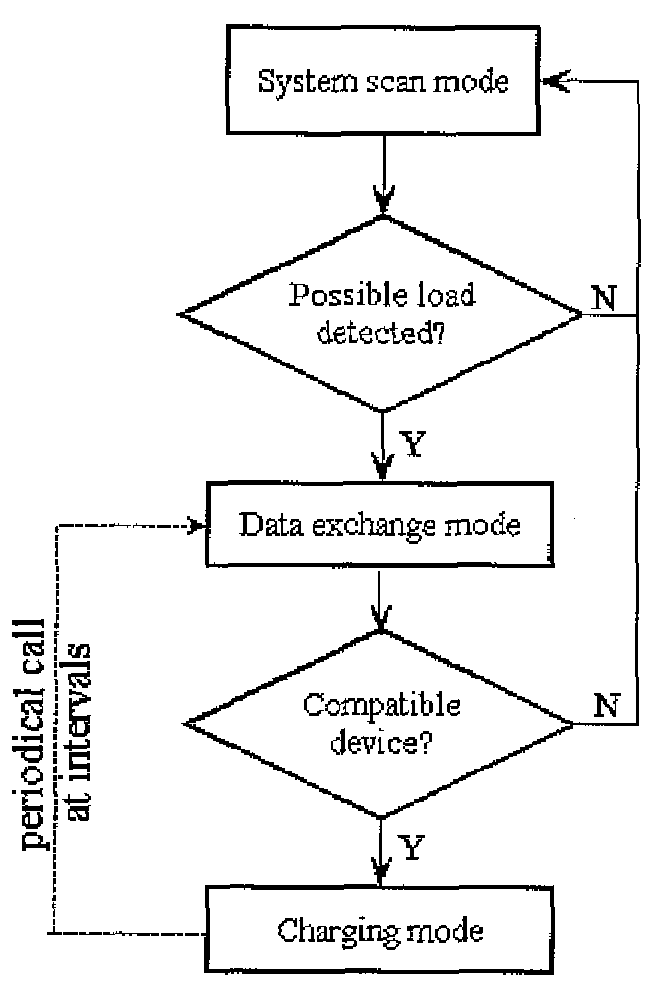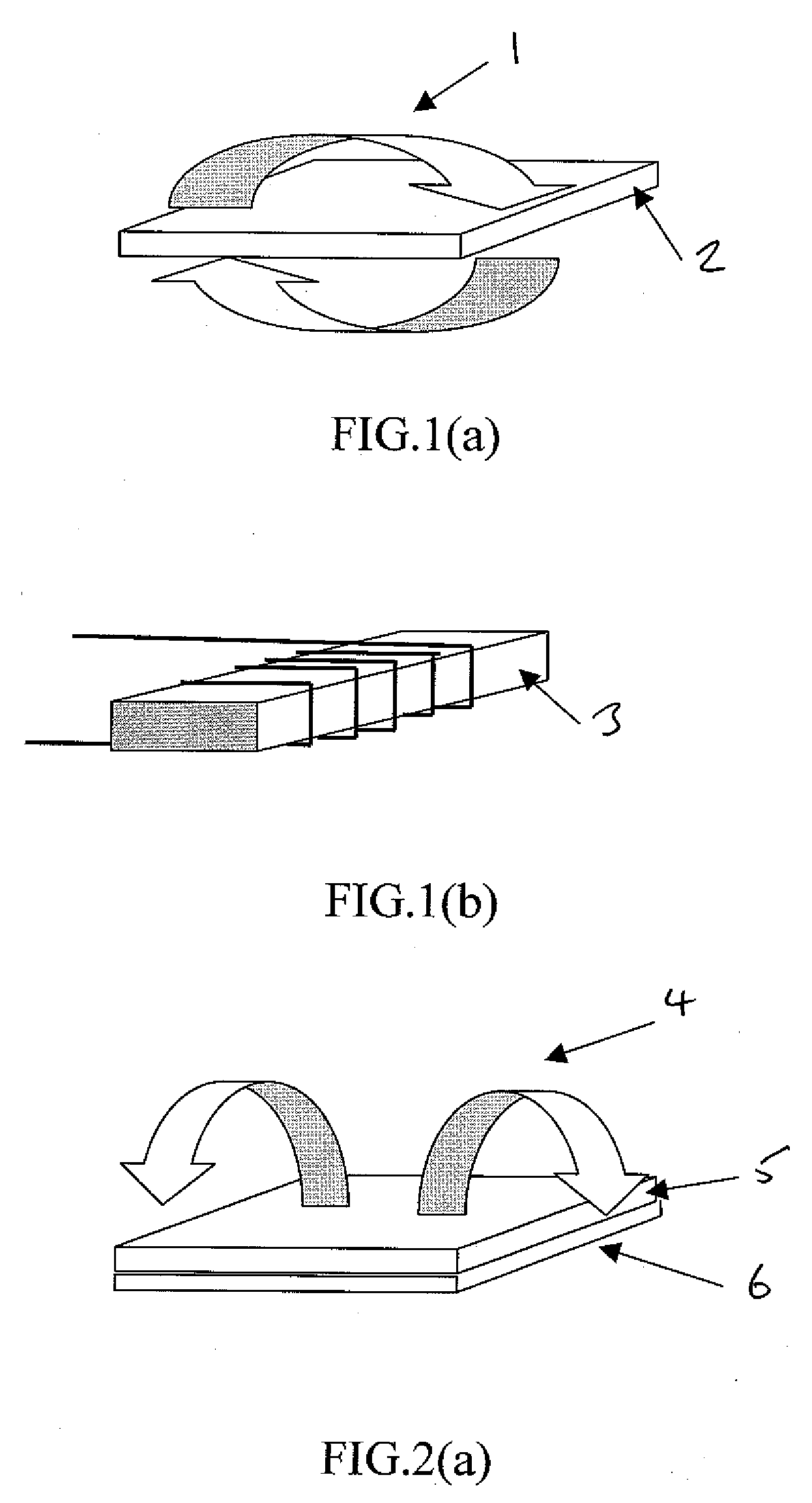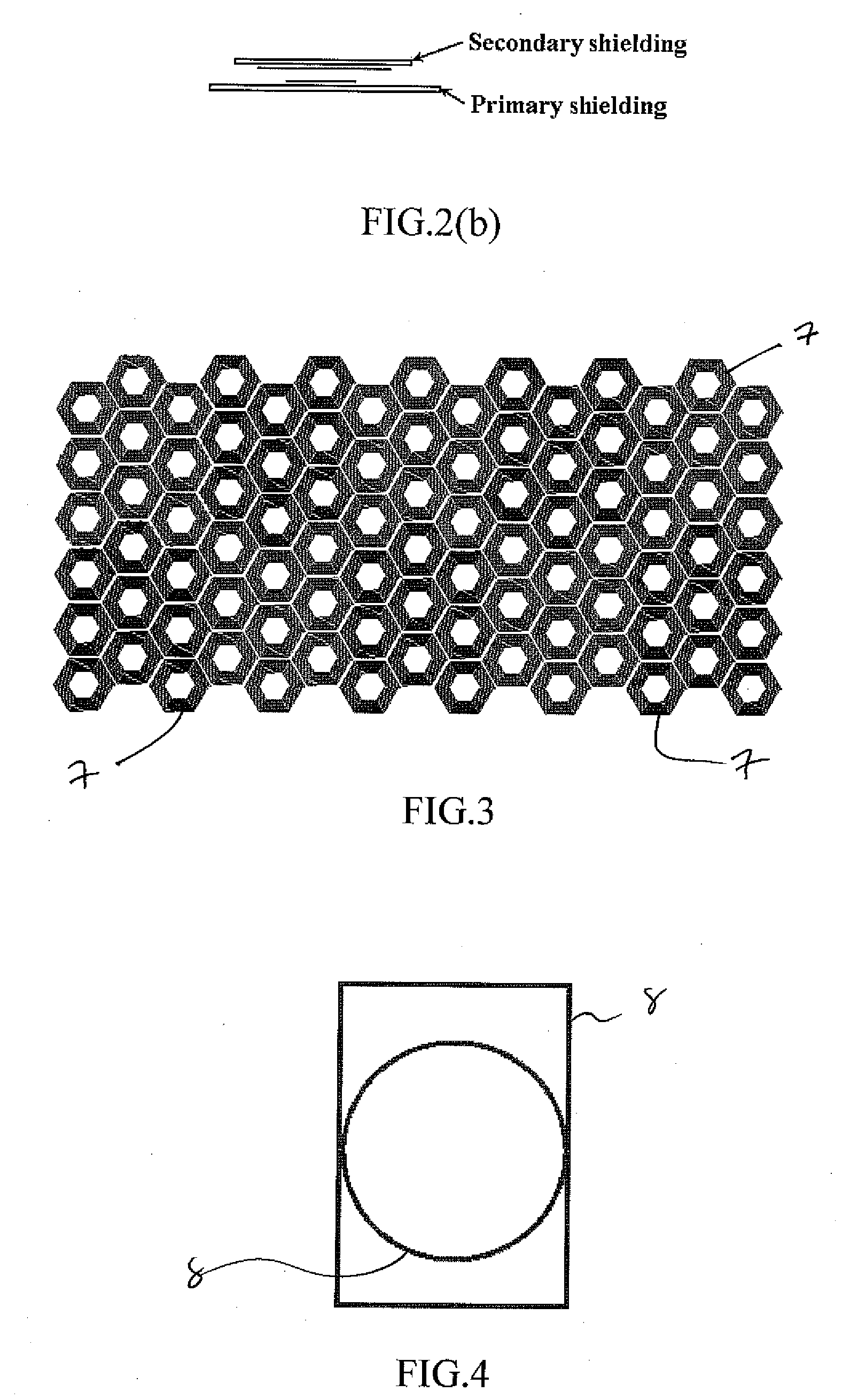Localized charging, load identification and bi-directional communication methods for a planar inductive battery charging system
a charging system and inductive battery technology, applied in the direction of charging devices, exchanging data, inductances, etc., can solve the problems of inconvenient use, electronic waste, and difficulty in designing a slim energy-receiving module that can be unobtrusively housed inside the charging equipment, so as to optimize the performance of the battery charging system
- Summary
- Abstract
- Description
- Claims
- Application Information
AI Technical Summary
Benefits of technology
Problems solved by technology
Method used
Image
Examples
Embodiment Construction
[0034]Preferred embodiments of the present invention provide a systematic methodology that covers a range of technical aspects of an inductive battery charging system. Such a system includes a charging platform or pad that generates vertical flux from the planar surface of the charging pad and at least in preferred embodiments the present invention addresses several basic principles for achieving localized charging in a charging pad system. Although these principles and corresponding techniques can be implemented individually, their collective use is synergistic and enables the development of an inductive charging pad system that can meet various international regulatory requirements.
[0035]FIG. 3 shows a typical single-layer winding array structure with many individual primary energy-transmitting coils 7 (named transmitter windings hereafter) in an inductive battery charging pad. It is also proposed that a multilayer winding array can also be used. For example, a stacked winding whe...
PUM
 Login to View More
Login to View More Abstract
Description
Claims
Application Information
 Login to View More
Login to View More - R&D
- Intellectual Property
- Life Sciences
- Materials
- Tech Scout
- Unparalleled Data Quality
- Higher Quality Content
- 60% Fewer Hallucinations
Browse by: Latest US Patents, China's latest patents, Technical Efficacy Thesaurus, Application Domain, Technology Topic, Popular Technical Reports.
© 2025 PatSnap. All rights reserved.Legal|Privacy policy|Modern Slavery Act Transparency Statement|Sitemap|About US| Contact US: help@patsnap.com



